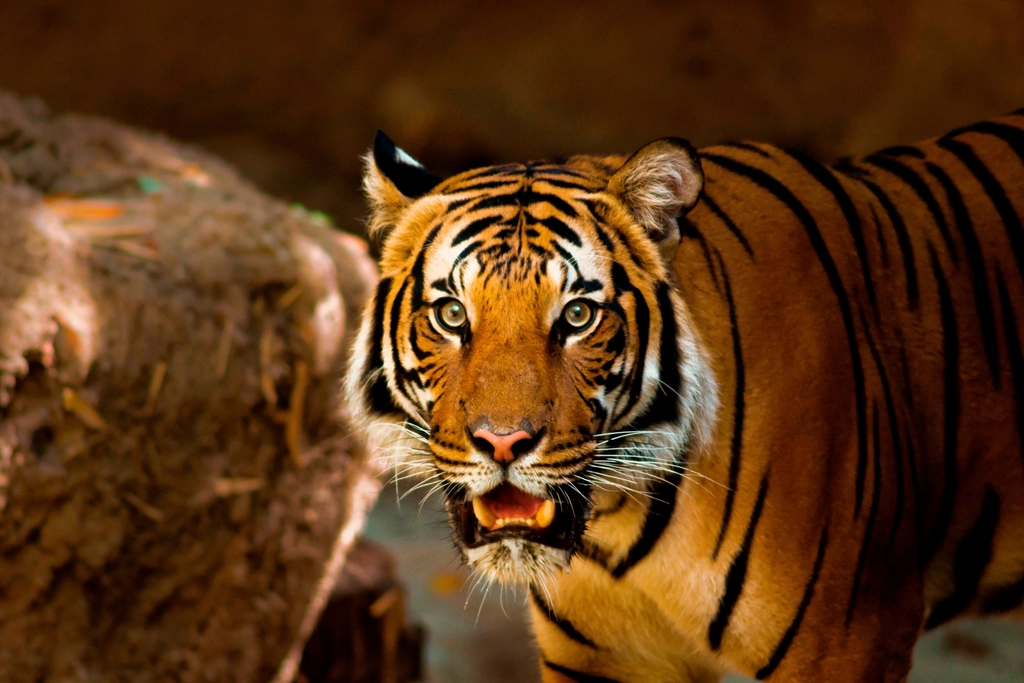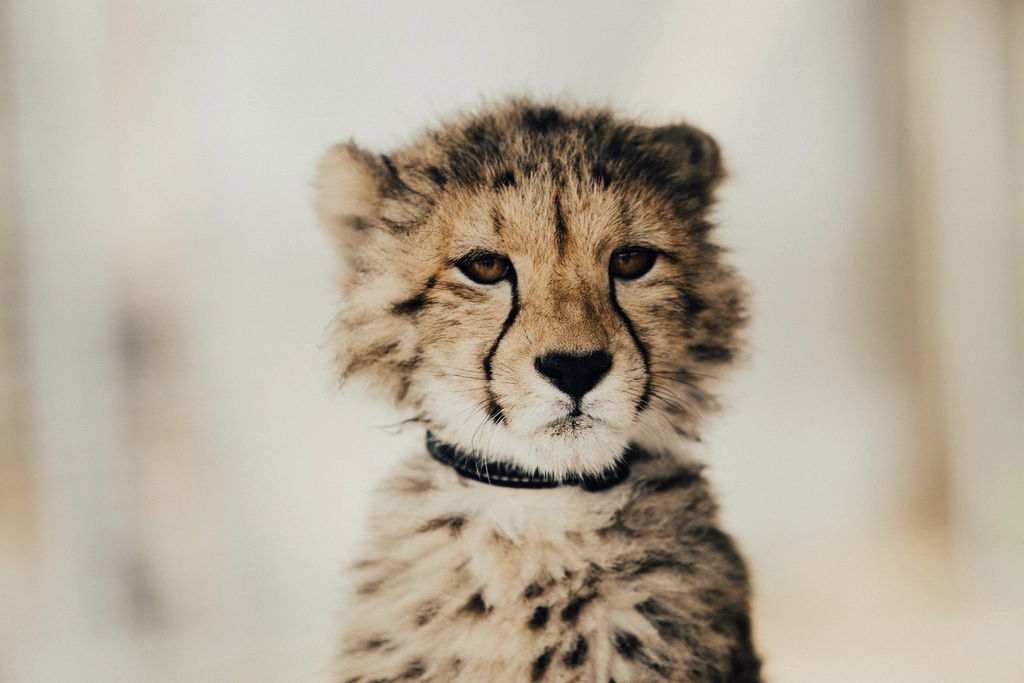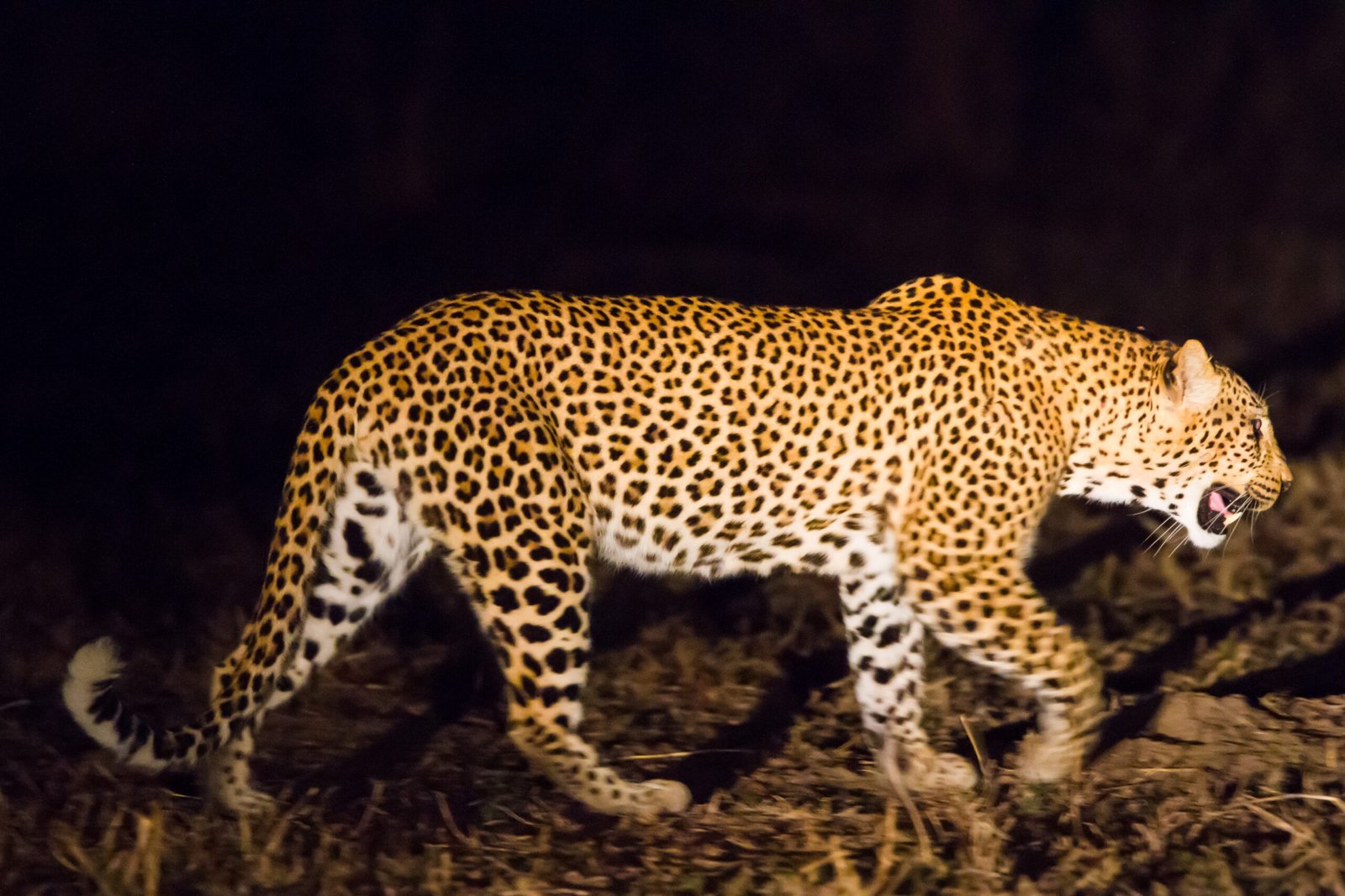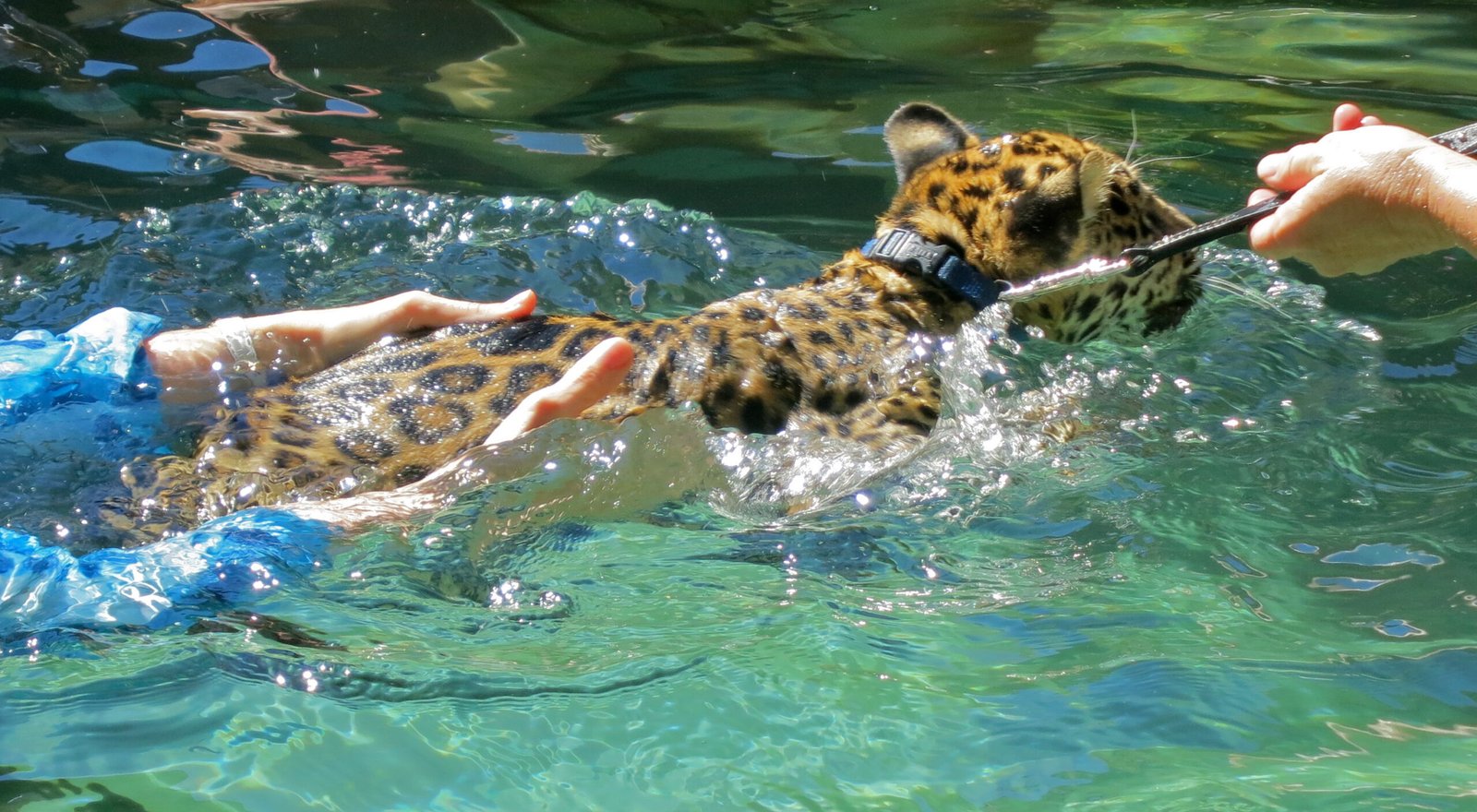You might think of lions, tigers, and leopards as fierce hunters, but did you know these majestic felines are also master problem-solvers and clever strategists? From outsmarting rivals to using tools, big cats have wowed scientists and animal lovers alike with their surprising smarts. Get ready to be amazed as we step into the world of big cats doing what nobody expected—showing off just how brainy they can be!
Puzzle Box Mastery: Tigers Outsmarting Locks

Imagine a tiger faced with a locked box containing a juicy meal inside. Zookeepers and researchers have watched in awe as tigers figured out how to unlock complex puzzle boxes to reach their food. They carefully study latches, push levers, and even use their giant paws like hands. This isn’t just brute force—these cats remember which steps work and repeat them, showing memory skills similar to a young child. Next time you struggle with a tricky zipper, just remember: a tiger might have you beat!
Lionesses Coordinating the Perfect Ambush

Forget what you know about chaotic chases—lionesses are the queens of teamwork. When hunting, they communicate using subtle signals, circle their prey, and position themselves with military precision. Each lioness plays a special role, as if they’ve mapped out a strategy in advance. Scientists have compared their tactics to a soccer team planning a winning play. It’s intelligence in motion, proving lions don’t just rely on muscle—they also use their minds.
Leopards Using Tools to Fish for Food

It sounds unbelievable, but some leopards have been observed fishing with sticks! In parts of Asia, clever leopards drop branches or leaves onto the surface of water to lure fish. When the fish come to investigate, the leopard swoops in for the catch. Using tools is rare in the animal kingdom, and seeing a big cat do it is nothing short of shocking. It’s a reminder that necessity (and hunger) truly is the mother of invention.
Cheetahs Teaching Cubs with Careful Demonstrations

Mother cheetahs don’t just chase down food; they teach their cubs survival skills in surprisingly thoughtful ways. Instead of delivering a fresh kill, a mother cheetah will often bring back a live animal, letting it go in front of her cubs. This gives the young cheetahs a chance to practice their hunting moves in a controlled, safe way. It’s a lesson plan worthy of any classroom, showing empathy and forward-thinking that’s truly heartwarming.
Siberian Tigers Remembering Human Faces

In the snowy forests of Russia, Siberian tigers have stunned researchers by recognizing—and remembering—individual humans. Some tigers have been documented avoiding certain areas after negative encounters, or even showing friendly curiosity toward familiar faces. This ability to distinguish between people, and adapt their behavior accordingly, points to an emotional intelligence that’s both surprising and a little humbling.
Lions Outsmarting Poachers’ Traps

In areas where poaching is a threat, some lions have learned to spot and avoid snares and traps set by humans. They sniff the ground, carefully step around suspicious objects, and even teach younger lions to do the same. This life-saving skill isn’t just instinct—it’s learned behavior passed between generations, highlighting a resilience and adaptability that makes these cats true survivors.
Clouded Leopards Planning High-Rise Escapes

Clouded leopards are famous for their tree-climbing skills, but it’s their daring escape plans that really turn heads. When threatened, these cats have been seen plotting the quickest way to leap from branch to branch, sometimes even using vines as swinging bridges. Their mental maps of the forest canopy rival the best parkour athletes, showing off a level of spatial planning that’s simply mind-blowing.
Panthers Using Stealth to Outsmart Prey

Black panthers, or melanistic leopards, use their dark coats to blend into the night, but it’s their mental game that truly impresses. They’ll study the movements of prey for days, learning routines and setting up silent ambushes in just the right spot. This kind of patience and observation takes brains, not just brawn—and it’s a big reason why these mysterious cats are so hard to spot in the wild.
Snow Leopards Navigating Treacherous Terrain

Living in the world’s highest mountains, snow leopards make tricky decisions every day. They memorize the best rock ledges and snow paths, remembering which ones are safest after storms or avalanches. These cats have been seen testing the ground before leaping, as if calculating the risk. Their mental agility is as impressive as their physical leaps, keeping them alive in one of the harshest environments on Earth.
Tigers Observing Human Habits to Avoid Danger

Some wild tigers have learned to keep track of human routines, like the timing of forest patrols or the sounds of vehicles. By observing and remembering these patterns, they avoid risky encounters and protect their territories. This ability to “read” people and change their own behavior is a powerful—and surprising—form of intelligence that’s helping them survive in an ever-changing world.
Lions Using Vocal Tricks to Coordinate Hunts

Researchers have discovered that lions use different roars, grunts, and even “mews” to communicate during hunts. These sounds aren’t random—each has a special meaning, helping the pride stay organized and efficient. It’s like having a secret code language, and it proves that big cats are expert communicators as well as fierce hunters.
Leopards Hiding Food for Later Feasts

Leopards are notorious for dragging their kills up into trees, but did you know they’re also masters of food storage? By stashing leftovers in hidden spots, they make sure greedy scavengers can’t steal their meals. This kind of forward-thinking is rare in the animal kingdom, and it shows that leopards are always thinking a step ahead—just like a clever chess player.
Jaguars Using Camouflage to Outsmart Rivals

The jaguar’s rosette-patterned coat isn’t just for show—it’s a key part of their strategy to evade both enemies and prey. Jaguars pick hiding spots that match their markings, disappearing almost completely in dappled sunlight. This instinctive understanding of camouflage is like an artist blending into their own painting, and it’s a brilliant example of nature’s built-in intelligence.
Cheetahs Anticipating Prey Movements

Cheetahs might be the fastest animals on land, but they don’t just rely on speed—they also anticipate where their prey will run. By watching subtle cues, like the angle of a gazelle’s body, cheetahs predict the escape route and cut it off before the chase even begins. It’s a mental game of chess at 70 miles an hour, proving that brains and speed are a winning combination.
Tigers Imitating Sounds to Lure Prey

In a shocking twist, some tigers have been caught mimicking the calls of other animals to draw prey closer. By copying the bleat of a deer or the squawk of a bird, they trick unsuspecting animals into coming within striking distance. This kind of vocal mimicry is rare among mammals and shows a creative streak in tigers that’s almost theatrical.
Lions Remembering Old Friends and Foes

Lions have impressive social memories—they can recognize former pride members or rivals after years apart. This helps them navigate complex social dynamics, avoid unnecessary fights, or rekindle old alliances. It’s a reminder that for lions, relationships matter—and remembering the past can shape the future of the entire pride.
Leopards Moving Cubs to Safer Locations

When danger threatens, mother leopards quickly assess the risk and relocate their cubs to safer hideouts. They choose new spots based on cover, distance, and safety from predators, often moving cubs one by one. This quick thinking and protective planning shows just how much leopards care about their young—and how skilled they are at making life-or-death decisions on the fly.
Jaguars Cracking Turtle Shells with Precision

Jaguars have one of the strongest bites in the animal kingdom, but it’s how they use it that’s truly smart. When hunting armored prey like turtles, they bite exactly between the shells’ seams, where it’s weakest. This precision isn’t random—it’s learned through observation and practice, showing a level of tactical intelligence that would make any engineer jealous.
Cheetahs Picking the Perfect Time to Hunt

Cheetahs are experts at reading the environment. They often hunt during the cooler hours of the day, avoiding competition with bigger predators like lions. By timing their hunts just right, they increase their chances of success and safety. It’s a bit like waiting for the perfect wave to surf—patience and timing can make all the difference.
Tigers Using Streams as Natural Barriers

Tigers have been seen herding prey toward streams or rivers, using water as a natural barrier to limit escape routes. This clever use of the landscape makes hunting easier and shows a deep understanding of their environment. It’s proof that tigers aren’t just strong—they’re strategic, too.
Lions Establishing Peace with Neighboring Prides

Not every lion encounter ends in a fight. Sometimes, lion prides engage in non-aggressive displays—like roaring or scent marking—to establish boundaries and avoid conflict. This peaceful negotiation saves energy and lives, showing that intelligence isn’t just about hunting, but also about keeping the peace.
Leopards Avoiding Human Settlements at Night

In areas where leopards live near people, they often shift their routines to become more nocturnal. By hunting and traveling at night, they reduce the risk of dangerous run-ins with humans. This ability to adapt their schedule shows remarkable flexibility and situational awareness.
Jaguars Teaching Cubs to Swim

Unlike most cats, jaguars love water—and they make sure their cubs do, too. Jaguar mothers are known to guide cubs into streams, patiently encouraging them to swim. This hands-on teaching style prepares young jaguars for life in the wet rainforests and proves that even the fiercest cats can be gentle, attentive teachers.
Cheetahs Forming Unlikely Coalitions

Male cheetahs sometimes form small groups called coalitions, often made up of brothers or close friends. These partnerships help them defend territory and hunt larger prey. By teaming up, cheetahs show a social intelligence that’s rare among their species—a clever move in the wild world of big cats.
Which of these cats would you love to meet?

Suhail Ahmed is a passionate digital professional and nature enthusiast with over 8 years of experience in content strategy, SEO, web development, and digital operations. Alongside his freelance journey, Suhail actively contributes to nature and wildlife platforms like Feline Fam, where he channels his curiosity for the Feline into engaging, educational storytelling.
With a strong background in managing digital ecosystems — from ecommerce stores and WordPress websites to social media and automation — Suhail merges technical precision with creative insight. His content reflects a rare balance: SEO-friendly yet deeply human, data-informed yet emotionally resonant.
Driven by a love for discovery and storytelling, Suhail believes in using digital platforms to amplify causes that matter — especially those protecting Earth’s biodiversity and inspiring sustainable living. Whether he’s managing online projects or crafting wildlife content, his goal remains the same: to inform, inspire, and leave a positive digital footprint.






